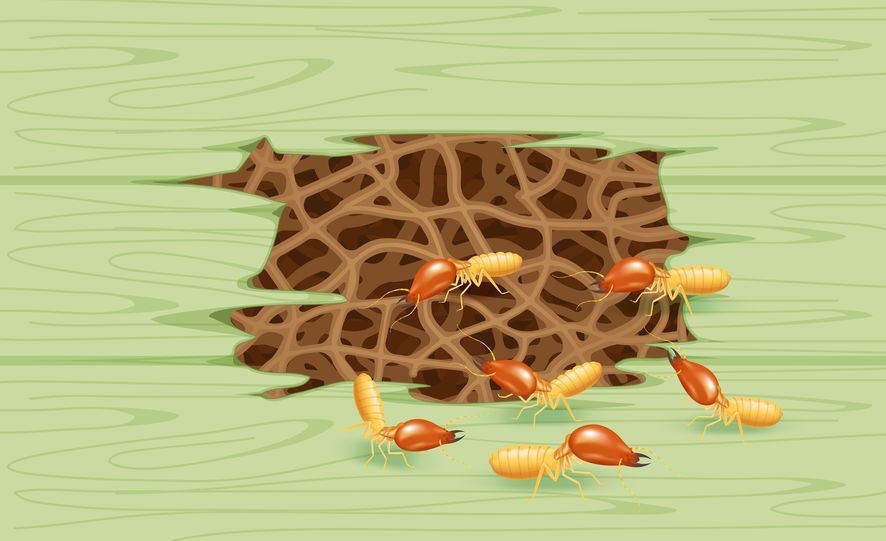Many homeowners are aware of the threat that termites pose, but they are not exactly sure of how an infestation takes place. It all begins when a colony is mature enough to produce swarmers, the reproductive termites of a colony, which fly out in large groups looking for suitable nest locations. Many of these swarmers will die without ever finding such a place, but when they do, two of them break off from the group, mate, and start a new colony.
Understanding the termite swarm
Swarmers are also known as alates, and they are birthed by the queen as male and female winged termites. When they are mature, they leave the colony in swarms, and the female alates release pheromones that attract a male. The alates will eventually pair up in the swarm, land, lose their wings and start to dig into the ground where they create a nuptial chamber. Here they mate and the colony begins. This is why, if you find piles of wings in or around your home, it means that you might have an infestation, or that a new nest has been started on your property.
Underground infestations
Infestations however do not happen only through alates. Sometimes, termites may reach your property through underground tunnels. Termite colonies can be huge, and its members may dig for many yards in search of food. For example, your neighbor may have an infestation, and the termites reach your home from his property. This is why it’s a good idea to go through with a termite inspection if one of your close neighbors had to deal with an infestation in the recent past.
Budding
Budding is the process where one colony expands into two or more. Some reproductive termites do not leave the nest, and instead they help the main queen with reproduction. As the colony expands and new food sources are found, outposts are created near these sources, and these alternate queens will populate them with new workers. Eventually, these satellite colonies may become large enough to stand on their own.
Preventing infestations
Noticing alates can be stressful, but they are also a relief, because you may have caught an infestation before it does too much damage. However, if the home is infested through one of the other two methods, it will take quite a while before the infestation becomes apparent. This is why having regular termite inspections is so important. A pest control specialist will be able to detect an infestation even if it is very small, and implement protection and control methods while the damage to the home is insignificant. If you would like to schedule an inspection, or if you suspect that you may already have an infestation, contact us today.

